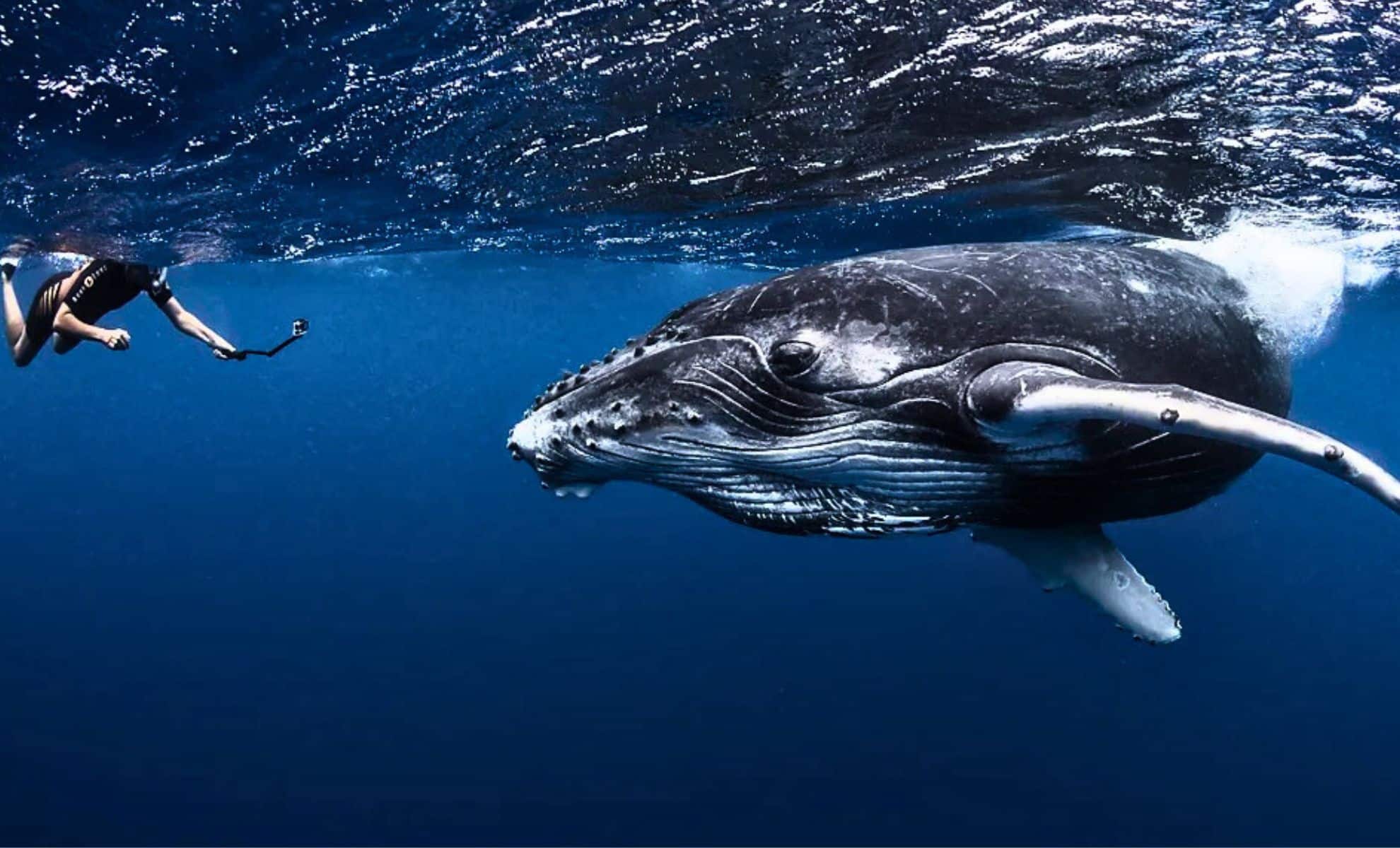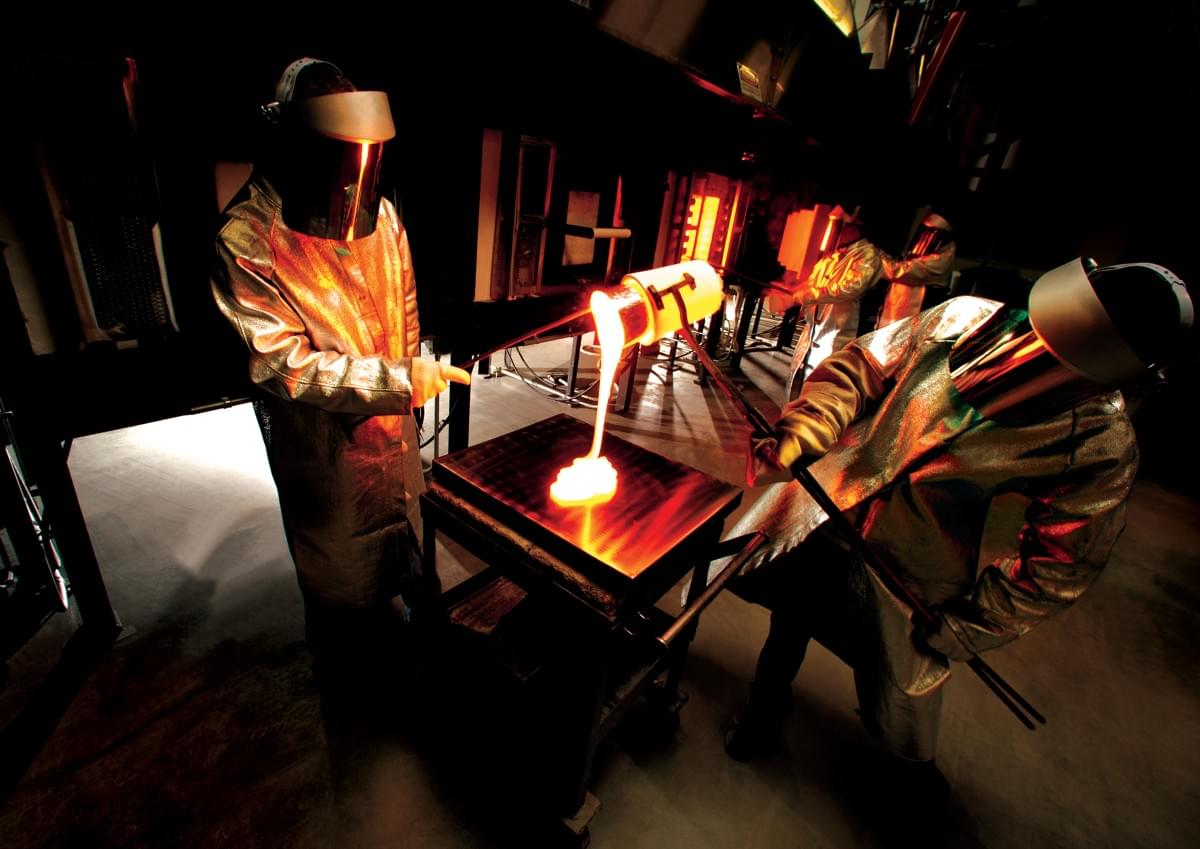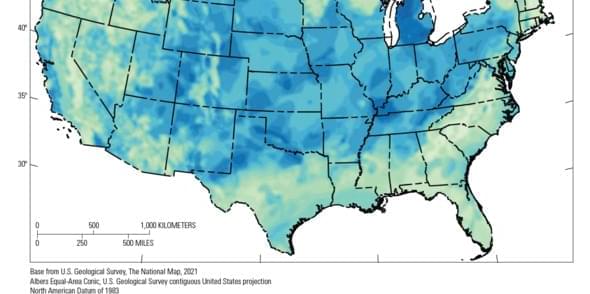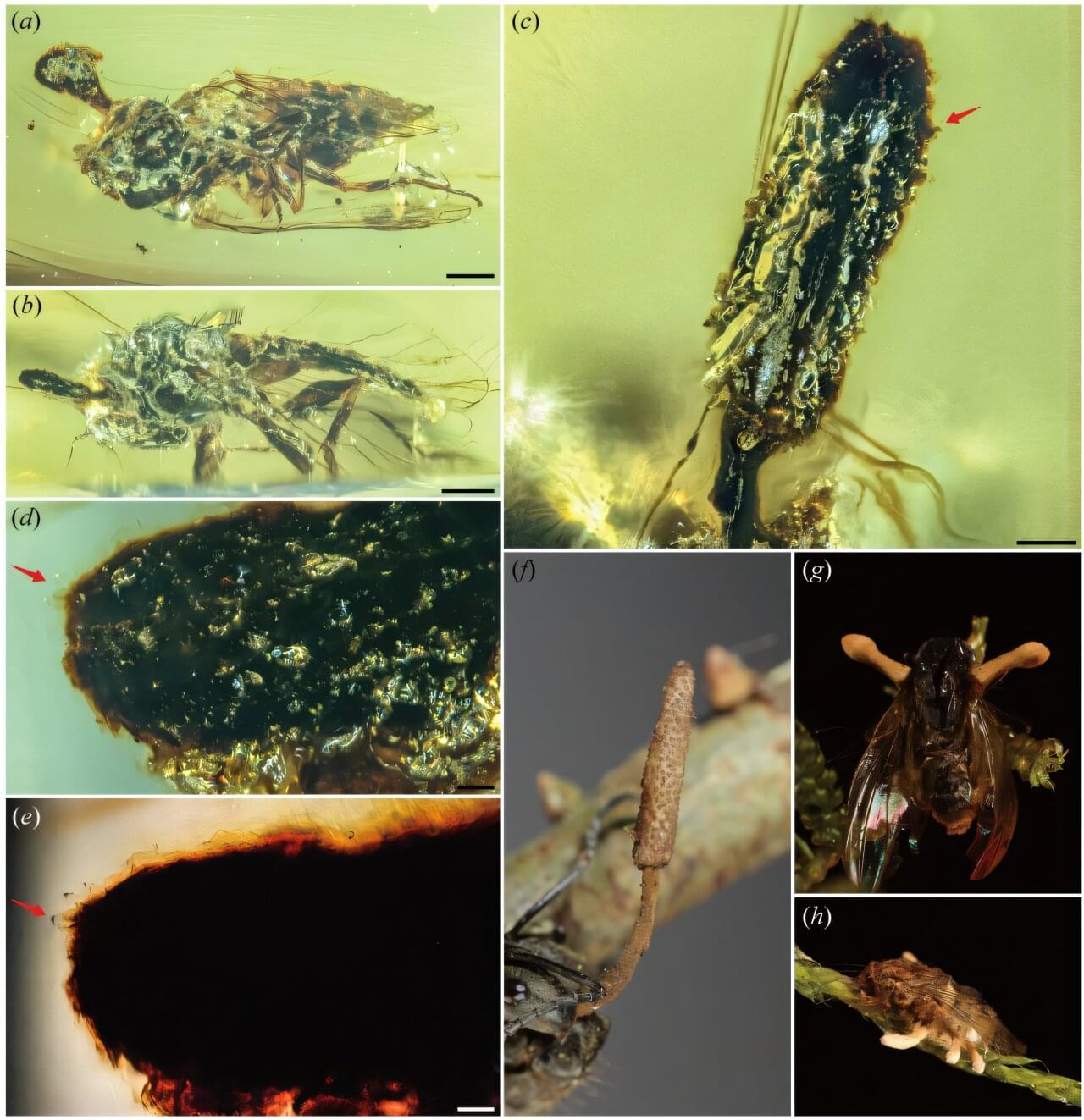A groundbreaking experiment off the coast of Alaska has unlocked a 20-minute “conversation” with a humpback whale. Using cutting-edge AI, scientists decoded complex whale vocalizations, revealing unexpected patterns in their communication.





Kindly see my recent Forbes article: “”
Thanks and have a great weekend!
#artificialintelligence #cybersecurity #tech #investments #futuretrends
AI is transforming cybersecurity, and investments are following in close concert with those trends. AI systems seek to replicate human traits and computational capabilities in a machine and surpass human limitations and speed. Elements of AI emergence consist of machine learning and natural language processing. Today, AI can understand, diagnose, and solve problems from both structured and unstructured data—and in some cases, without being specifically programmed.
AI is becoming integral in cybersecurity, and companies are logically investing in AI-based defenses against cyberattacks, and the demand for them is expected to grow in the next few years. AI offers a logical collection of tools and the best chance for defenders that work in an environment characterized by an uneven threat level and are already short on workforce and money. The demand for AI is growing due to expanded risks and threats to enterprises.
This is unambiguous evidence that AI is becoming increasingly important in cybersecurity, and organizations must capitalize on its potential to remain competitive.


Scientists have created tiny disk-shaped particles that can swim on their own when hit with light, akin to microscopic robots that move through a special liquid without any external motors or propellers.
Published in Advanced Functional Materials, the work shows how these artificial swimmers could one day be used to deliver cargo in a variety of fluidic situations, with potential applications in drug delivery, water pollutant clean-up, or the creation of new types of smart materials that change their properties on command.
“The essential new principles we discovered—how to make microscopic objects swim on command using simple materials that undergo phase transitions when exposed to controllable energy sources—pave the way for applications that range from design of responsive fluids, controlled drug delivery, and new classes of sensors, to name a few,” explained lead researcher Juan de Pablo.

RESTON, Va. — The U.S. Geological Survey today published the first map of the prospective locations of naturally-occurring geologic hydrogen resources in the contiguous United States, reflecting a systematic analysis of geologic conditions favorable for hydrogen that draws on a newly developed methodology.


Chinese Academy of Sciences researchers report that fossilized entomopathogenic fungi from mid-Cretaceous amber reveal some of the oldest direct evidence of parasitic relationships between fungi and insects, suggesting that Ophiocordyceps fungi originated approximately 133 million years ago and underwent early host shifts that shaped their evolution.

Advances in biosensor technology have the potential to enable continuous, non-invasive monitoring of kidney health through wearable and implantable systems. Non-invasive microfluidic systems have demonstrated utility in the detection of kidney-relevant biomarkers in peripheral body fluids such as sweat, interstitial fluid, tears and saliva, whereas implantable systems permit the direct measurement of biophysical tissue properties including tissue oxygenation, perfusion and temperature.